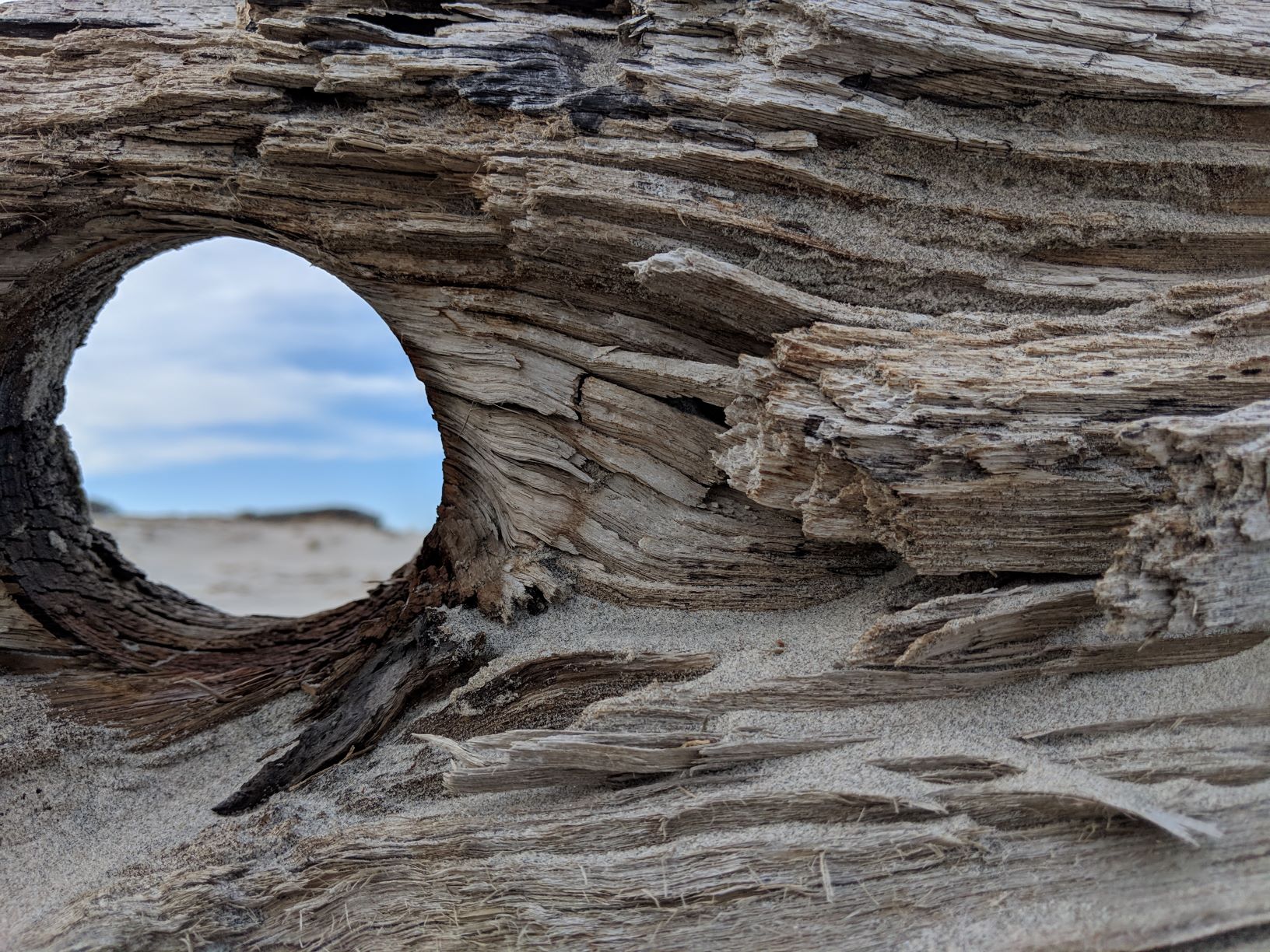I get why folks want to ban the teaching of natural selection as the driving force behind the evolution of all living things on Earth. A child who grasps natural selection faces a fundamental challenge to her place in the universe.
While some folks might encourage a child’s quest to seek awareness of her place in the universe, most parents (in this part of the world, anyway) already have a pretty good idea what they want their children to believe, and usually because they believe that they are looking out for the child’s best interests.
No one wants their baby to go to Hell, so kneel before the Tabernacle.
No one wants their child batting last in Little League, so keep the back elbow up.
Much of what passes for understanding evolution in this country is, well, just another form of religion. You pick a side, you wave a banner, you demonize the others. We cannot help ourselves–our tendency to religiosity may be built into our genes.
Natural selection is a simple model to grasp (though the vastness of geologic time it takes extends beyond my imagination). Its ramifications blow the mind.
Humans were not, it turns out, inevitable. The earthworm is as evolved as you. The countless other living beings among us do not exist
for us, they exist with us, likely for the same unfathomable (though explainable) reasons we exist.
I still find comfort making the Sign of the Cross, and if you push, yes, a big part of who I am believes that it matters beyond whatever psychological relief it brings. I doubt I would believe that if I were raised Hindu, but I wasn’t, and my beliefs are strong and deeply ingrained, if (perhaps) irrational.
Natural selection rubs up against my less than rational beliefs. Natural selection will do the same to a thinking child, no matter what her religion.
Teachers want a child to use her mind. Her parents fear for her soul. I do not know what either “mind” or “soul” means, but I do know that if you believe that the mind and soul are competing entities, evolution by natural selection is going to be perceived as a fundamental threat to your child’s well-being.
I am a science teacher; I teach biology; I will share the fundamental “tenet” central to understanding the diversity of life on Earth.
I am not going to ask a child to “believe in” evolution–there is nothing to “believe in” in science beyond the acceptance of the observable natural world as the premise for the models and explanations used in science, trust in rational thought, and a willingness to alter or abandon prior understandings when new contradictory evidence emerges.
I sympathize with the parents who believe that they are fighting for their child’s soul, but I am an American living in a republic dependent on a thinking citizenry bound by our Constitution. If you want a public education system that favors religion over rational thought, there are plenty of theocracies around the globe doing just that.
Glad I teach in New Jersey…..








